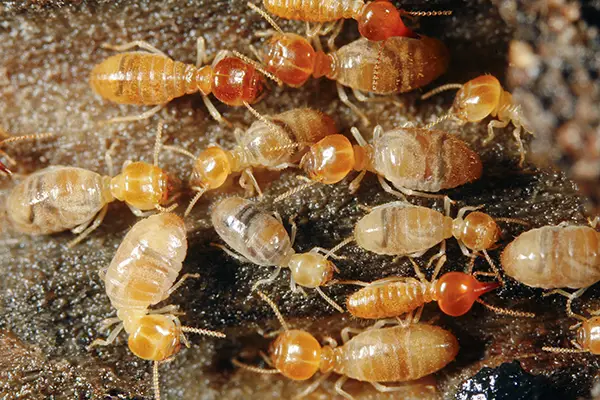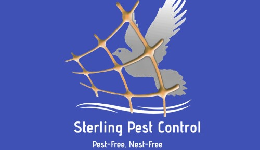Termite Control

Termite control involves the identification and elimination of termite colonies to prevent structural damage. It includes treatments like soil-applied barriers, wood treatments, and bait stations. Regular inspections and preventive measures are essential to protect properties from infestations.
Early Detection
Effective Treatments
Prevention
Professional Assistance
Common Types of Termites
Subterranean Termites:
These termites live in underground colonies and build mud tubes to access above-ground wood, which helps them maintain the moisture levels they need to survive. Subterranean termites are the most common and destructive type, responsible for the majority of termite damage worldwide.
Drywood Termites:
Unlike subterranean termites, drywood termites live entirely within the wood they infest, requiring no contact with soil or moisture sources. They create extensive networks of tunnels and chambers within the wood, which can severely weaken the structural integrity of the infested material.
Dampwood Termites:
As the name suggests, these termites prefer moist wood and are commonly found in areas with high humidity or water damage. Dampwood termites typically infest wood that is in contact with the ground or exposed to moisture, such as decaying logs, tree stumps, or wet wooden structures.
Formosan Termites:
Formosan termites are a highly aggressive species of subterranean termites, notorious for their large colonies, which can number in the millions, and their ability to cause rapid and extensive damage to structures. Native to East Asia but now widespread in many parts of the world, Formosan termites are often referred to as "super termites" due to their voracious appetite and the speed at which they can consume wood.
Conehead Termites:
Originally known as tree termites, conehead termites are an invasive species that pose a significant threat due to their unique behaviors and rapid spread. Unlike other termites that rely on underground tunnels or mud tubes, conehead termites build visible, above-ground nests, often in trees, shrubs, or even on structures. These nests can be large and conspicuous, resembling a large ball of mud or a termite mound.
Desert Termites:
Found primarily in arid and semi-arid regions, desert termites are adapted to dry environments and build their nests and protective tubes on the surface of plants and other materials. These tubes, often made from a mixture of soil, saliva, and fecal matter, serve to shield them from the harsh sun and predators while they feed.
